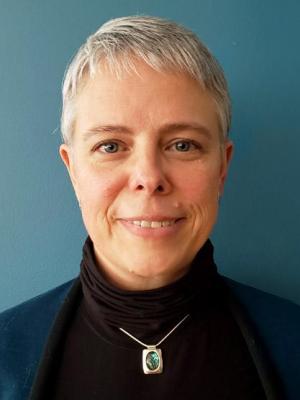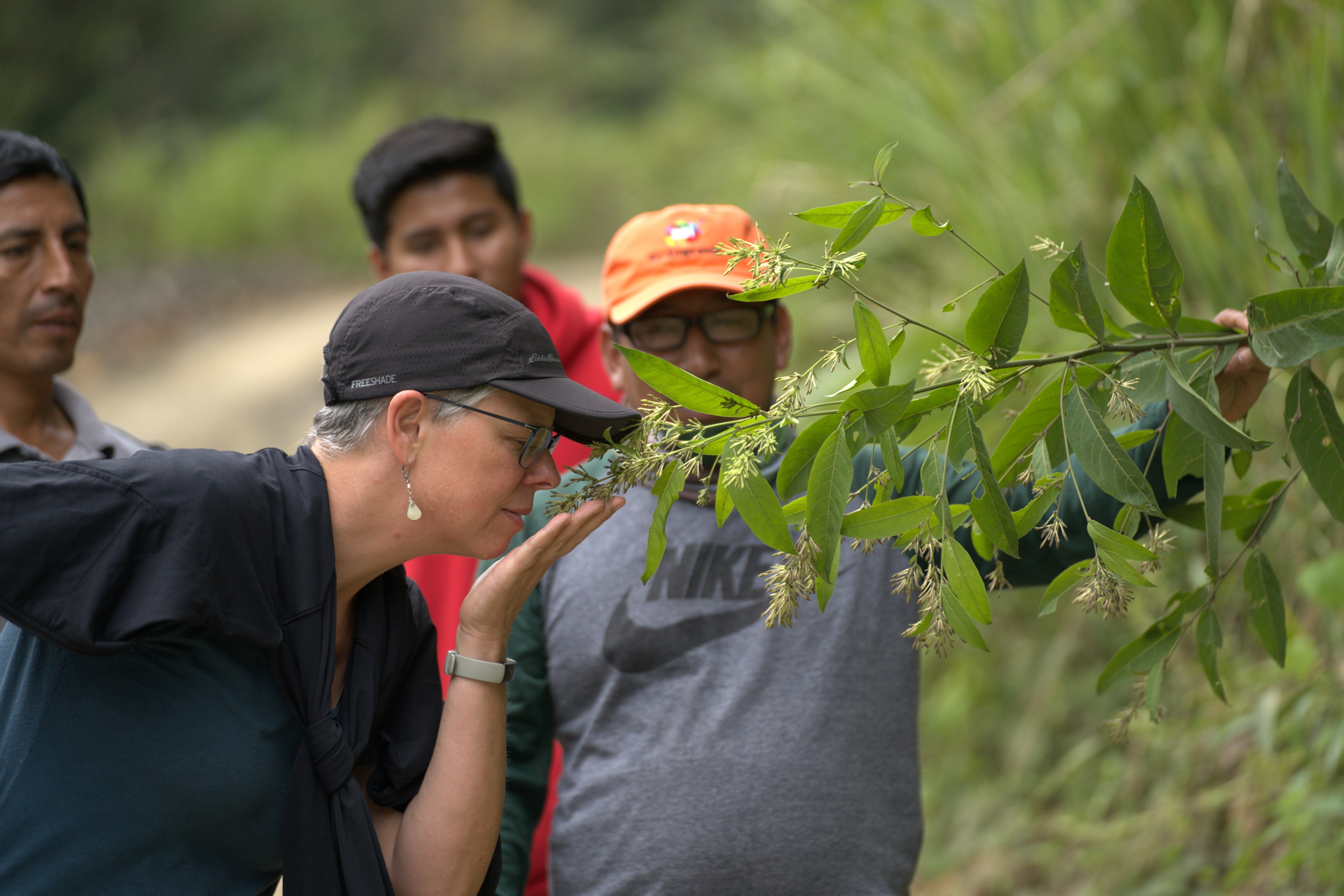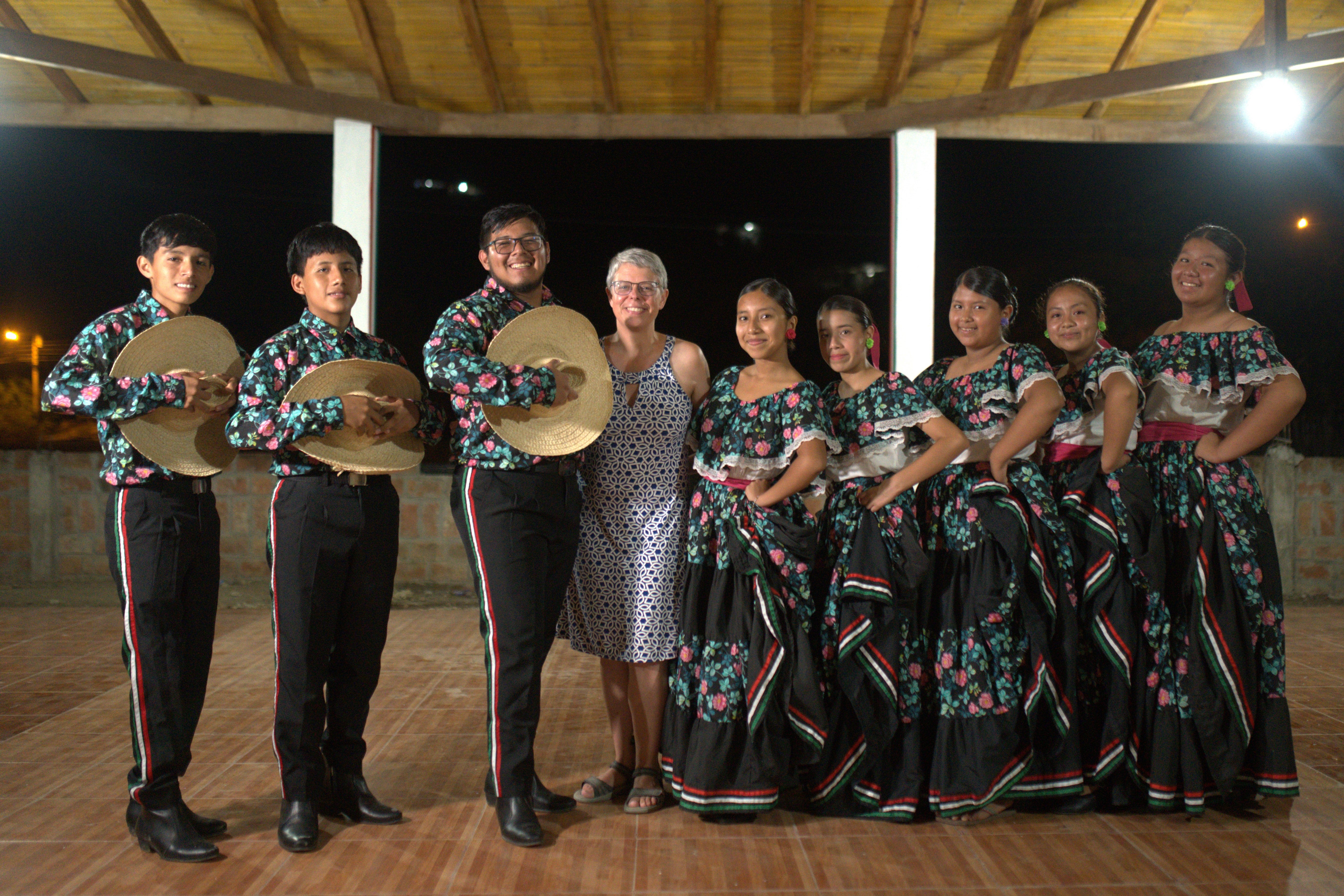Five questions for Kimbra Smith
The scholarly work of Kimbra Smith, Ph.D., has led her across the globe. An associate professor of anthropology at UCCS, she spent much of this academic year in Ecuador, conducting sabbatical research on a Fulbright grant.

But the threads of Smith’s research and teaching are tied very close to home, too. They run throughout a broad swath of the Colorado Springs area, inviting those who might rarely set foot on campus to learn more about the community and its connections to the liberal arts.
Smith’s recent project, “COS Interactive: Reframing and Revaluing the Liberal Arts & Sciences in Colorado Springs,” received support from CU’s Timmerhaus Ambassadors Fund, which helps fuel endeavors that promote the public understanding of higher education’s value in Colorado and beyond.
She set out to provide residents and visitors alike with “a gallery of opportunities to better understand how the liberal arts and sciences are integral both to their everyday lives and to exceptional situations and experiences.” Smith and her team developed several ground-level experiences rooted in the Colorado Springs landscape, serving as examples of how UCCS research has transformed or contributed to understanding of the areas they visit.
The result, The City Interactive, boasts a collection of “storymaps,” interactive online exhibits that integrate photos, videos, maps, archival resources, recordings of community members’ stories and more.
“They highlight the interconnections of college and community, as well as the ways individuals’ experience might be impacted by our work,” Smith said.
1. Why do you think there is a disconnect between the perception of liberal arts and sciences in academia, and how the arts and sciences are thought of among the wider population?
I think we as academics don’t always communicate what we do or why we do it as well as we could. In some cases, we may be lacking direct access to the media a particular public consumes, and in others, we might just be ignoring the importance of public engagement. It’s really easy to get caught up in one’s research bubble — in the lab, in the archives, on our computers — and to forget that not everyone is thinking about the questions and ideas that are so important to us.
And in terms of public understandings of the liberal arts and sciences, language is a social invention, as we know. It’s something that adapts based on usage, and if more voices and louder voices use words in a particular way, we can’t just say, “Well, academically speaking, that’s not what these words mean,” when people are using them in those ways. If you’ve learned through social interactions that “liberal” is a polarized political position — and worse, if it’s been framed for you as a monolithic, shared perspective that is anti-freedom — then the idea of institutions dedicated to the liberal arts and sciences is at the very least going to be very off-putting. But I think we as academics need to find ways to show the value of what we do, not just create alternative labels for it.
2. How did you come up with the idea for an immersive experience that became The City Interactive? How is the Timmerhaus funding supporting this?
Part of my theoretical work is interested in how humans engage with the world through creating collective understandings of it — like in the language example above. A lot of recent research in fields from psychology and philosophy to cognitive science and anthropology supports the idea that cognition is enacted. In other words, what we know and how we know it depends greatly on who and what are in the space with us as we come to that knowledge or understanding. We engage with the world around us, impacting our perceptions of the world but also in turn impacting the world itself. I wanted to use this insight to create more resonant and positive ways of shaping our collective understandings of one another, our community, and what research can do in people’s lives.
Through the storymaps, I hope people in Colorado Springs can get a better sense of how research in the liberal arts and sciences affects them in their daily lives by encountering information within their lived landscape.
The Timmerhaus funding allowed me to hire students from each department in the College of Letters, Arts & Sciences to help collate information on the research people are doing and how it impacts our community, and to create some of the multimedia components of the storymaps.
3. You were on sabbatical this academic year in Ecuador. What is the nature of your research there?
I’ve been working with an indigenous community in coastal Ecuador for over 25 years. Between October and February, I was conducting ethnographic, ethnobotanical and ethnohistorical research throughout the region. Among other questions, I was investigating the deep connections among all the communities in the region that were effectively historically erased during the early republican period in Ecuador, as well as local practices and histories that are being forgotten as life becomes more mechanized and monetized and urbanized. The elders in the communities want to know that their experiences aren’t going to be lost.

This year, I’ve been using everything I’ve collected in the past quarter century to create interactive storymaps both for local museums (either for virtual tourism or for those who are physically unable to participate in tours) and for regional archives within these communities.
In the university setting, publications are great, but if the communities impacted by our research aren’t consuming printed academic works, then we have to find other ways to communicate. These people don’t have academic libraries or bookstores they can access easily, but they do have cell phones and computers in community museums. I’m creating resources that respond to the ways local people get information, and that will be engaging for the younger generations.
A set of these is currently available in Spanish here. I’m still translating them into English and creating more of them.
4. What’s next for your teaching and research?
I am working on a few projects at the moment. In terms of my Ecuadorian research, in addition to writing an ethnographic/ethnohistorical piece on the impacts of historical events on a particular celebration in Ecuador and a methodological article on site elicitation — taking people to places in the landscape to spark memories and stories about those places — I’m working with Cerian Gibbes, Ph.D., in Geography and Environmental Studies. We are investigating the effects of widespread burn practices on well-being in rural Ecuador.
Here in Colorado Springs, I’m expanding efforts to co-create community-based historical archives reflecting experiences of groups of people not often depicted in typical history books. This dovetails with my teaching, as I incorporate this work into student research for upper-division applied anthropology courses. (A related storymap collection of student work from those courses can be seen here.)
Finally, I’ve recently finished a draft of a novel I wrote to try to convey the implications of some of my theoretical interests, like the idea of enacted cognition or epigenetic memory, into more approachable language. I’m going to work on edits and try to get that published this coming year.
In terms of teaching, I want to create more interdisciplinary courses: looking at humans and environmental change through multiple lenses, for one example, or using ethnographic theater as a community-building tool, for another.
5. How do you enjoy spending your free time?
Oh, so many things, and one goal I have for this sabbatical is to get in the habit of carving out even a small bit of free time every day. But if I had to label what my favorite thing is, it’s learning. I’m always learning new languages, for example — I love realizing that there are entire experiences that are central to people in one place, but in other cultural spaces we simply haven’t created words for those experiences. I love being in the woods, outdoors, watching birds or learning about plants or noticing what’s going on in a particular little corner of the natural world. Reading. Listening to people. Live music, especially when it’s spontaneous. So many things.


